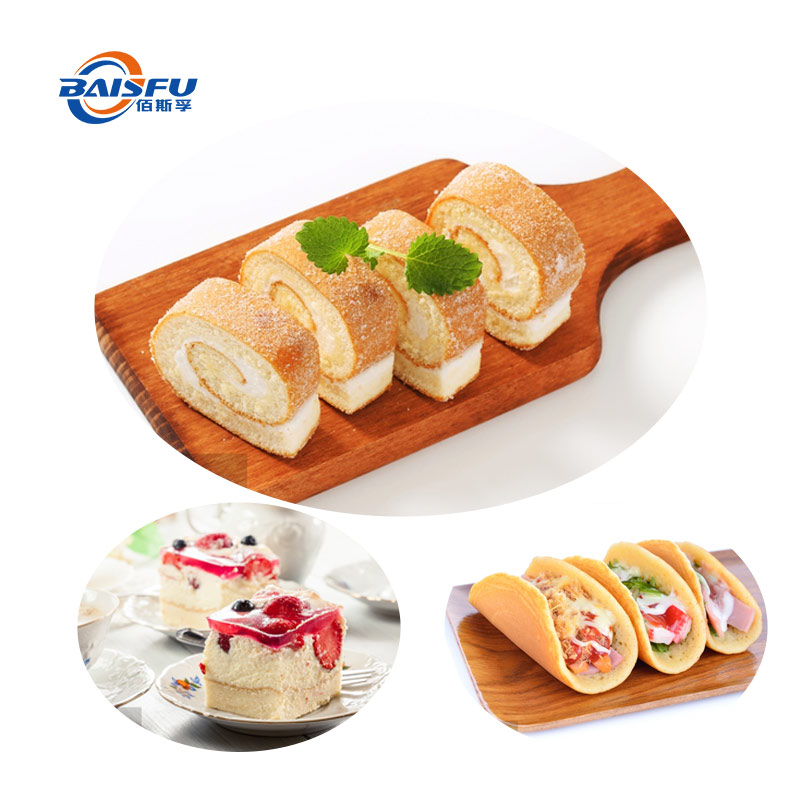Baking flavors: “aroma architects” at high temperatures

1. Four core features of baking flavors
1. “Aroma guard” under high temperature
During the baking process, high temperatures above 180°C will destroy the volatile aroma molecules in natural ingredients (such as vanilla pods and butter). Baking flavors achieve “aroma lock” through the following technologies:
Maillard reaction enhancement: adding reducing sugars and amino acid ingredients to actively participate in the browning reaction during baking to enhance the caramel aroma (such as the aroma of bread crust).
2. Accurate reproduction and innovative flavors
Classic restoration: using maltol to simulate the caramel aroma of freshly baked bread, and butyl decalactone to reproduce the creaminess of butter;
Cross-border creation: mixing complex flavors such as “sea salt cheese tart” and “charcoal roasted coffee croissant” to break through the limitations of natural ingredients.
3. Stability and compatibility
Acid-base tolerance: Stable at pH 4 (yogurt cake) to pH 9 (soda crackers);
Oil fusion: Oil-soluble flavors are seamlessly combined with baking butter and margarine to avoid water-oil separation;
Antioxidant and aroma protection: Add antioxidants to extend the shelf life and retain aroma.
4. Low-cost efficiency
The addition amount is only 0.05%-0.3%, and the cost is 70% lower than that of natural raw materials (such as 1kg vanilla flavor ≈ 100kg vanilla pod aroma intensity);
Solve the quality fluctuation problem caused by seasonal raw material shortages (such as hazelnuts and cinnamon).
2. Five major application areas of baking flavors
1. Bread and pastries: Fight against “aroma loss”
Industrial bread: Make up for the loss of natural aroma in the rapid fermentation process, add 2-acetylpyrroline to simulate the wheat aroma of long-term fermentation;
Premix: Add emulsified flavors to cake premix to ensure that home baking can also present professional-grade flavors.
2. Biscuits and cookies: the “savior” of oil replacement
Low-fat healthy biscuits: After reducing the amount of butter, restore the rich milk flavor through (butter flavor);
Tough biscuits: Add caramel flavor to enhance the crispy feeling of baking.
3. Snacks and puffed foods: the “space station” of flavor
Sandwich wafers: Use high-temperature resistant cocoa flavor in the chocolate coating to prevent melting and deformation;
Baked nuts: Use pyrazine compounds to simulate the baking aroma of almonds and walnuts, reducing costs while avoiding the risk of nut allergies.
4. Meal replacement and healthy food: “sensory compensation” of low sugar and low fat
Whole wheat meal replacement bars: Add caramel and honey flavors to make up for the bland taste of sugar-free formulas;
Plant-based cakes: Use coconut flavor to cover up the beany smell and increase the acceptance of oatmeal and pea protein-based products.
5. Cross-border integration: the “out-of-the-box” experiment of baking aroma
Ice cream: add coffee essence to the baked tea flavored ice cream to simulate the taste of “freshly baked coffee rolls”;
Drinks: Starbucks “Caramel Macchiato” uses baked caramel essence to enhance the baking layering of latte.

